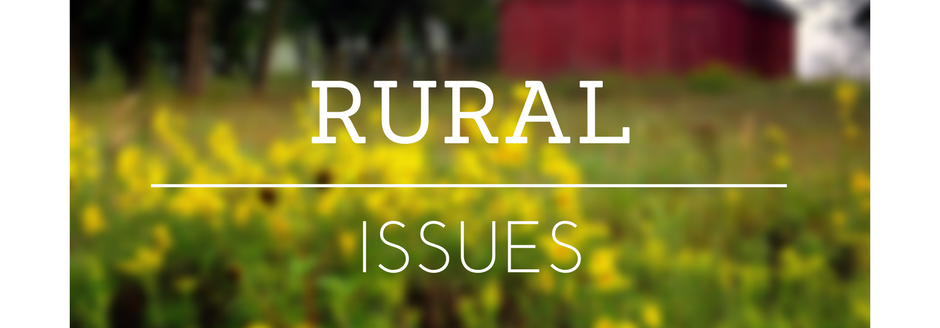As a dryland corn growers head into the spring planting season, they should look at all of their options. Those who have dealt with severe drought conditions this past year should be especially open minded.
Carl Scholting, seed product manager with CROPLAN, a division of Land O Lakes’ Winfield United, said looking for drought-tolerant traits is a good start. Commonly known as DroughtGard, when that bio-tech trait is paired with the right genetic lines it can help with stress tolerance.
Although he is based in northeast Nebraska about 60 miles from Yankton, South Dakota, Scholting also works with growers in the western Plains where drought in 2022 was difficult.
“Unfortunately, there is not an incredible number of hybrids that have DroughtGard. Anytime you can get your hands on a DroughtGard hybrid that fits your area, the soils, and style of farming, that’s going to be beneficial, especially in Kansas, Nebraska and Colorado.”
The ability to use bio-tech traits was able to help growers in 2022, particularly when they compared their results to the 2012 harvest when the western Plains experienced similar growing conditions. That year those traits were unavailable, he said. Growers in 2012 reported yields of about 20 bushels per acre. In 2022, some cases were reporting 60 to 80 bushels per acre.
Growers in 2022—based on the 2012 experience—projected yields of about 20 to 40 bushels per acre were able to harvest corn at 60 to 100 bushels per acre, Scholting said. The difference was correlated to genetic advancement.
Another difference is that seed production has been diversified so that not all seed production regions were impacted like they have been at times in the past. Supplies appear to be in good shape for the 2023 season but he expects drought-tolerant corn seed will be in a tighter supply simply because growers are sensitive to seeking it.
Scholting said that is no different than other years, as a grower often will scout and research production based on what occurred the previous year whether that is at a research plot or neighbor’s farm.
“If the hybrids are really good, particularly with DroughtGard or other traits, you will want to get your name on them,” he said.
With fertilizer costs expected to be higher in 2023 than in 2022, Scholting suggested growers consider population rate at planting time. Before making that decision they need to work closely with their seed adviser on plant population management.
It might be possible to reduce 1,000 to as high as 6,000 plants per acre to still get a profitable yield while lowering fertilizer costs, Scholting said. Corn typically is planted at about 35,000 plants per acre in Iowa, according to Iowa State University Extension.
“If you look at the drought situation—especially if you think that is something that could happen again—then the way to go about it is to visit with your seed salesman or with an advisor and ask, ‘What’s the potential?’ ‘Can I drop 4,000 plants and still maintain adequate yield potential?’”
Those questions will take some time to research and a grower should not necessarily rely on the results based on legacy hybrids but instead have an open mind, he said.
“If you can reduce a few thousand plants and maintain your yield opportunity and protect against drought risk that’s a great day,” Scholting said.
Another consideration is fungicide management. Fungicides, while typically lower in cost than fertilizer, can also be a line item where a grower could trim some expenses. His company and several others do provide a high level of research on individual genetic lines and provide information on the fungicide’s response in the plant population. That information can help a grower see how effective fungicides will be based on the disease and in varying conditions, Scholting said. He added that his company is one that believes strongly in that approach.
He also believes if a grower is unsure if his corn crop might need to be chopped instead of combined he can ask his seed dealer if the corn has dual-purpose potential. A grower should ask, “Does this give me some silage tonnage and silage quality should I end up chopping it?”
A grower who has cattle might like to have that option, he said. If rain is plentiful then he may only need to chop a smaller number of acres because of the tonnage potential.
Regardless of seed brand, asking about the potential of dual purpose is a good question, if applicable, to the grower’s operation.
He also said if a grower does have a field that is more prone to drought it might be advisable to seek a hybrid that stays green longer so it can boost tonnage capability.
“By and large every year creates challenges and just sitting down and making a plan that identifies what your goals are and what the challenges are ahead,” Scholting said. “You cannot predict the weather but you can plan for a productive growing season. Whether it is—stress tolerance capability, managing plant population rates, all of that comes into play. Make sure you’ve got a plan to really go after 2023.”
Dave Bergmeier can be reached at 620-227-1822 or [email protected].




